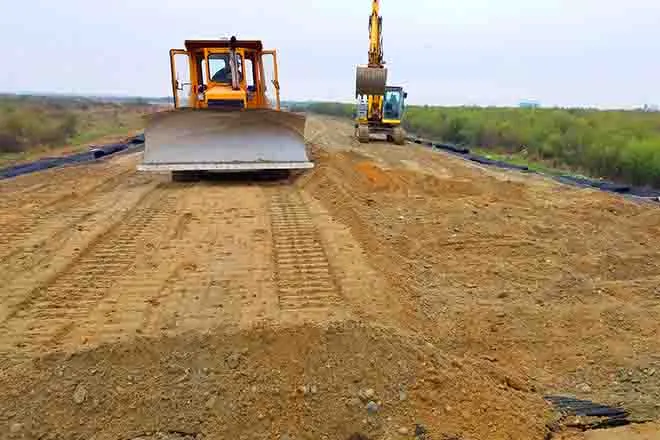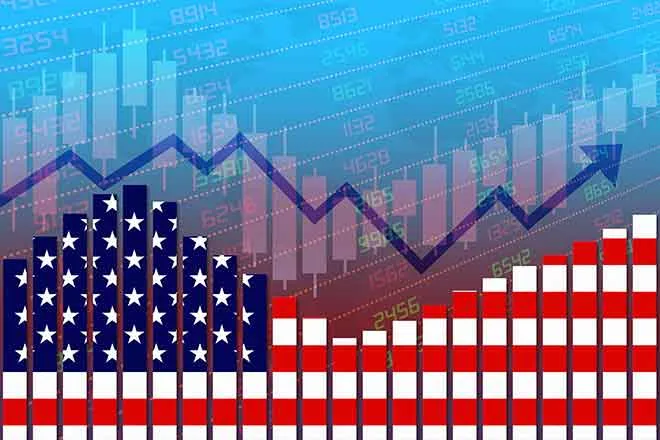
Higher earners, people with college degrees more likely to work remote, report finds
(The Center Square) – People with higher earnings and college degrees have been more likely to work remotely, but most workers returned to the worksite in 2021, according to a new analysis.
Congress directed the U.S. Government Accountability Office to examine remote work trends and what they might mean for the future. The Congressional watchdog reported back that while remote work increased amid the COVID-19 pandemic, much of the increase was "concentrated among workers with higher earnings and education and in certain occupations." The U.S. Government Accountability Office report also found that the future of remote work trends and what it means for work performance remains uncertain.
In the U.S., the percentage of workers who worked remotely for most of the week tripled from 5.7 percent in 2019 to 17.9 percent in 2021, but most workers continued in-person work, the analysis found.
The extent of remote work varied by occupation. For example, 28 percent of employees in management and related fields primarily worked from home in 2021 compared with 7.5 percent of employees in service occupations, according to the report.
In 2019, the report found that workers with higher earnings were far more likely to work remotely than those with lower earnings. Further, the gap in remote work between workers in different earnings quartiles increased between 2019 and 2021. For example, less than 10 percent of workers in the lowest quartile of earners (those earning $650 or less per week) worked remotely on an average day in 2019. By comparison, an estimated 21 percent of workers in the third quartile (those earning $1,001 to $1,620 or over per week) worked remotely, and 34 percent of workers in the top quartile of earners (those earning over $1,620 per week) worked remotely.
[[{"fid":"11681","view_mode":"default","fields":{},"link_text":null,"type":"media","field_deltas":{"1":{}},"attributes":{"class":"media-element file-default","data-delta":"1"}}]]
Courtesy of the U.S. Government Accountability Office
The same proved true for education levels. From 2019 to 2021, among workers with less than a high school diploma and workers with only a high school diploma, there was not a statistically significant change in the percentage who worked remotely. By contrast, among workers with some college or an associate's degree, the percentage who worked remotely increased by an estimated 11 percentage points between 2019 and 2021. In addition, among workers with a bachelor’s degree or higher, the percentage of workers who worked remotely increased by almost 23 percentage points between 2019 and 2021, according to the report.
[[{"fid":"11680","view_mode":"default","fields":{},"link_text":null,"type":"media","field_deltas":{"2":{}},"attributes":{"class":"media-element file-default","data-delta":"2"}}]]
Courtesy of the U.S. Government Accountability Office
"While many offices and businesses allowed employees to telework extensively to help employees stay safe and assist the nation in combatting the pandemic, this expansion in telework was an abrupt and unprecedented change in the nature of work," according to the U.S. Government Accountability Office report. "The ongoing use of telework, even in the absence of many of the initial challenges presented by the onset of the COVID-19 pandemic, has raised questions and concerns about its effects on workers, businesses, and the economy."
Figuring out how remote work affected performance was more difficult.
"Several methodological challenges make it difficult to assess the long-term impacts of telework on worker productivity and firm performance," according to the report. "These challenges include the ability to measure outputs from varying types of jobs, separating impacts of telework from those of other macroeconomic events on worker productivity and firm performance, and confounding factors associated with the rapid expansion of telework during the COVID-19 pandemic."
The researchers said that makes charting the future unclear for the moment.
"The current state of research on the impact of telework on productivity and firm performance has important gaps across occupations, industries, and effects that may emerge only over the longer term," according to the report. "Current research suggests some promising opportunities for workers and firms in certain occupations and sectors to benefit from telework. Research also suggests additional economic and workforce impacts that are not yet well understood. Evolving remote work practices, new measures of productivity, and future research could illuminate key opportunities and challenges associated with telework, including how new technologies and business practices might best harness the benefits and manage challenges from the growth of telework across the economy."

















